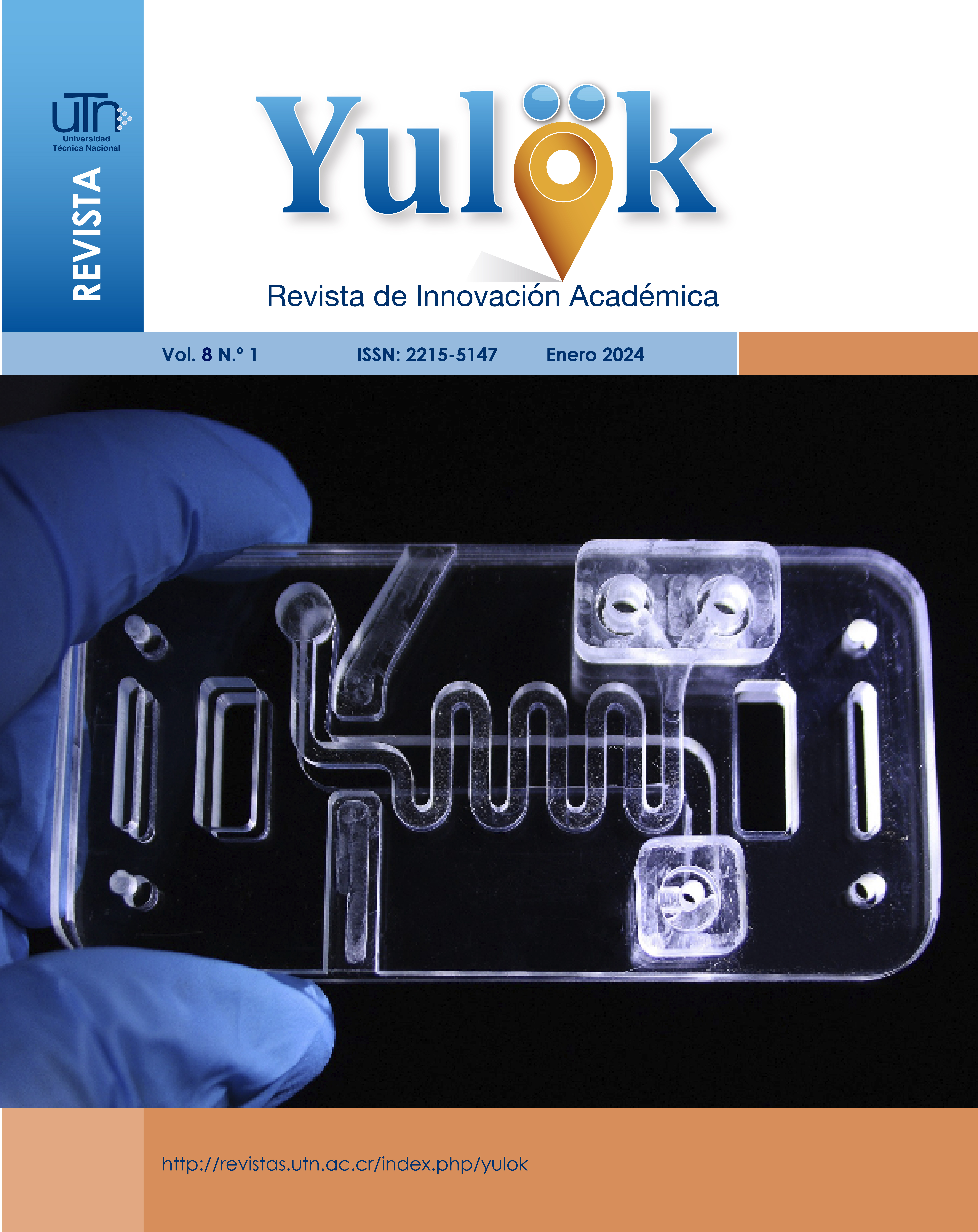El impacto de ver a las mujeres como predominantemente constructoras de paz
Conteúdo do artigo principal
Resumo
Desde la adopción de la Resolución 1325 del Consejo de Seguridad de la ONU en 2000, el papel de la mujer en la consolidación de la paz ha sido objeto de creciente atención en la política y la investigación internacionales. La resolución reconoce el impacto desproporcionado de los conflictos en las mujeres y pide una mayor participación de éstas en todos los aspectos de la consolidación de la paz. Si bien esto ha supuesto un paso importante hacia la igualdad de género y la promoción de los derechos de la mujer, únicamente en contadas ocasiones se han evaluado las repercusiones de estas ideas ampliamente aceptadas sobre su papel en los conflictos. Esta investigación analiza cómo el hecho de centrarse exclusivamente en las mujeres en su condición de constructoras de la paz ha repercutido en diversas iniciativas que buscaban este logro, obstaculizando así que la misma fuese sostenible. El objetivo principal es conocer cómo se ha "exagerado" el papel de la "mujer" en la construcción de la paz en un intento de promover su participación en dichos procesos. Esta investigación evalúa críticamente las narrativas hegemónicas que han configurado en gran medida el activismo de paz de las mujeres; para ello, se ha empleado el análisis discursivo y hermenéutico
Detalhes do artigo

Este trabalho está licenciado sob uma licença Creative Commons Attribution-NonCommercial-ShareAlike 4.0 International License.
Todos los artículos publicados están protegidos con la licencia Creative Commons Atribución-NoComercial-CompartirIgual 4.0 Internacional
![]()
Como Citar
Referências
Abduljaber. M,(2021) “An Empirical Analysis of the Women and Peace Hypothesis”. All Azimuth: A Journal of Foreign Policy and Peace 10, no. 1 (December 2020): 5-21. https://doi.org/10.20991/allazimuth.612487.
African Rights,(1995): Rwanda not so innocent -when women become killers. African Rights, London.
Anderson, David M. (2014) Remembering Wagalla: State Violence in Northern Kenya, 1962–1991, Journal of Eastern African Studies 8(4): 658–676.
Andrea .S, The UN and women's marginalization in peace negotiations, International Affairs, Volume 97, Issue 4, July 2021, Pages 1165–1182, https://doi.org/10.1093/ia/iiab068
Amy J.C., Matthew K, & John N(2013)Influence and Leadership; Connect, Then Lead Havard Business Review https://hbr.org/2013/07/connect-then-lead
Baaz, Maria & Stern, Maria. (2011). Whores, men, and other misfits: Undoing 'feminization' in the armed forces in the DRC. African affairs. 110. 563-85. 10.1093/afraf/adr044.
Bloom, M. (2022, February 24). Women and Terrorism. Oxford Research Encyclopedia of Politics. Retrieved 17 Dec. 2023, from https://oxfordre.com/politics/view/10.1093/acrefore/9780190228637.001.0001/acrefore-9780190228637-e-124.
Boateng, F. D., & Campbell, C. (2022). Transitioning From Victim to Perpetrator: Testing Direct and Mediation Effects. Journal of Family Issues, 43(7), 1805–1825. https://doi.org/10.1177/0192513X211030045
Budding, A. H. (2003). Slavoljub Djukic. Milošević and Marković: A Lust for Power. Translated by Alex Dubinsky. Montreal & Kingston: McGill-Queen's University Press, 2001. xiii, 183 pp. $37.95 Cdn.. Canadian-American Slavic Studies, 37(4), 481-482. https://doi.org/10.1163/221023903X00288
Koppell. C (2013)The role of women in conflict and post-conflict situations Dialogues at the Economic and Social Council (pp.55-58) DOI:10.18356/73d13747-en
Chase, M (2008). The Chivalry Hypothesis & Filicide: Are There Categorical Differences between Mothers and Fathers who kill their Children?. Undergraduate Review, 4, 41-50. Available at: https://vc.bridgew.edu/undergrad_rev/vol4/iss1/11
Cooke. M , and Woollacott. A(2014): Gendering War Talk, Princeton University Press, 1993.
Cossa,Marcela. S. D & Palik.J (2023) Women and DDR in Mozambique: The Exclusionary and Inclusionary Dynamics of DDR Programs, GPS Policy Brief, 1. Oslo: PRIO.
Coulter, C (2008). Female fighters in the Sierra Leone war: Challenging the assumptions? Feminist Review Volume 88, Issue 1, pp 54–73.
De Groot, Gerard and Peniston-Bird, C (2000) A Soldier and a Woman: Sexual Integration in the Military Up to 1945, Longman, 2000.
Doerner, K. J., & Demuth, S. (2014). Gender and sentencing in the federal courts: Are women treated more leniently? Criminal Justice Policy Review, 25(2), 242-269.
De Watteville, N. (2002), “Addressing Gender Issues in Demobilization and Reintegration Programs”, Africa Region Working Paper Series.
Elshtain, J (1998)“Women and War: Ten Years On.” Review of International Studies, vol. 24, no. 4, 1998, pp. 447–60. JSTOR, http://www.jstor.org/stable/20097544. Accessed 6 Aug. 2023.
Franceschet, S. (2004). Explaining Social Movement Outcomes, Collective ActionFrames and Strategic Choices in First and Second Wave of Feminism in Chile.Comparative Political Studies,37(5), pp. 499-530.
Goulette N, Wooldredge J, Frank J, Travis L III (2015) From initial appearance to sentencing: do female defendants experience disparate treatment? J Crim Just 43:406–417
Jones Adams. (2009) Gender inclusive – essays on violence, men and feminist international relations, (Routledge, London and New York, 2009), p. 153.
Kaldor, M. (2013) New & old wars: organized violence in a global era, Third Edition, (Polity Press, Cambridge.)
Kemal Erzurum & Berna Eren (2014) Women in Peacebuilding: A Criticism of Gendered Solutions in Post Conflict Situations, Journal of Applied Security Research, 9:2, 236-256, DOI: 10.1080/19361610.2014.883297
Kenya: Wagalla massacre survivors testify (2011 April 18) BBC News World Africa. https://www.bbc.com/news/world-africa-13123813 Accessed on 11th of May 2023.
Lindiwe Turok-Squire, R. (2022). A Judgment like a Spiderweb: Catching Dominic Ongwen in the Language of the International Criminal Court. Journal of International Criminal Law, 3(1), 54-93. doi: 10.22034/jicl.2022.144820
Machiavelli, N. (1916). The Prince. (Lit2Go ed.). Retrieved August 06, 2023, from https://etc.usf.edu/lit2go/217/the-prince/
Maoz, I. (2012.) “Women and Peace Hypothesis.” In The Encyclopedia of Peace Psychology, edited by D. J. Christie, 1185–1188. Chichester, UK: Blackwell Publishing.
Pankhurst, D. 2008. “Introduction: Gendered War and Peace.” In Gendered Peace: Women’s Struggles for Post-War Justice and Reconciliation, edited by D. Pankhurst, 1–30. New York: Routledge.
Rajab.R(2017,May 30)Report sheds light on extrajudicial killing of 800 Mathare youths: The Star https://www.the-star.co.ke/news/2017-05-30-report-sheds-light-on-extrajudicial-killing-of-800-mathare-youths/
Sarai B. Aharoni (2016): Who needs the Women and Peace Hypothesis? Rethinking modes of inquiry on gender and conflict in Israel/Palestine, International Feminist Journal of Politics, DOI: 10.1080/14616742.2016.1237457 To link to this article: http://dx.doi.org/10.1080/14616742.2016.1237457
Tickner.A (2004) Feminist responses to international security studies, Peace Review, 16:1, 43-48, DOI: 10.1080/1040265042000210148
The Morung Express Neither war nor Peace Understanding why Peace Agreements fail – Part I 23rd April 2023
Van Creveld, M. (2000). The Great Illusion: Women in the Military. Millennium, 29(2), 429–442. https://doi.org/10.1177/03058298000290021101
Ward, Margaret (1989) Unmanageable Revolutionaries: Women and Irish Nationalism,London: Pluto Press.
Yuval Noah Harari(2012)Myths we need to survive Available at: https://www.youtube.com/watch?v=UTchioiHM0U&t=666s

